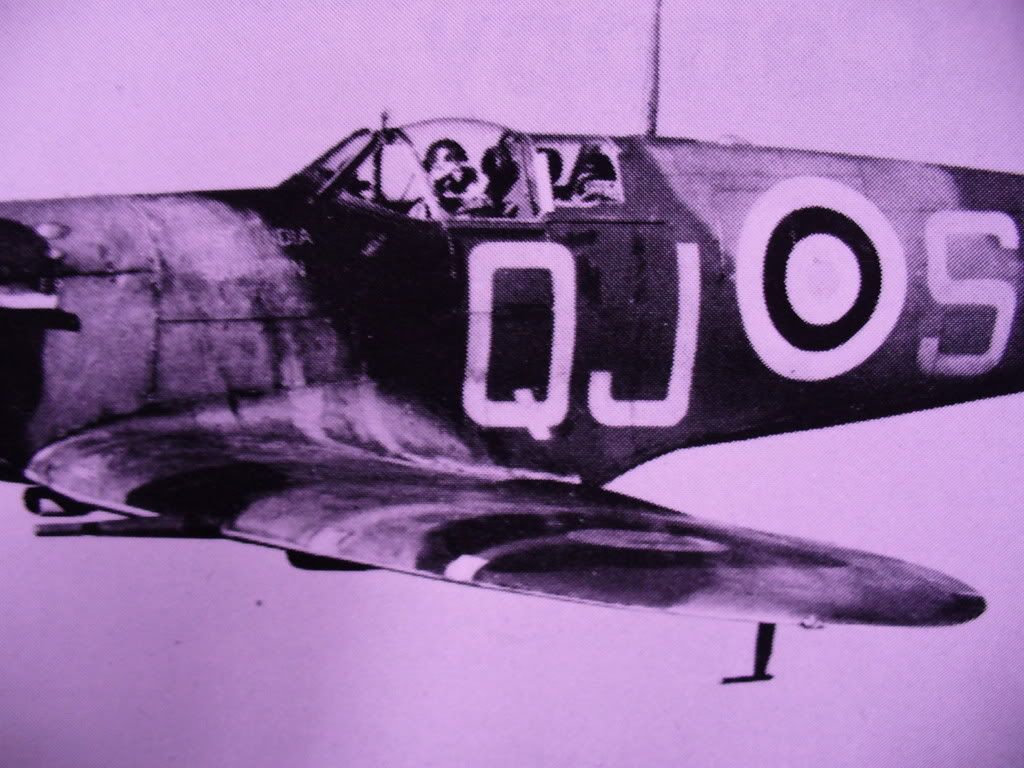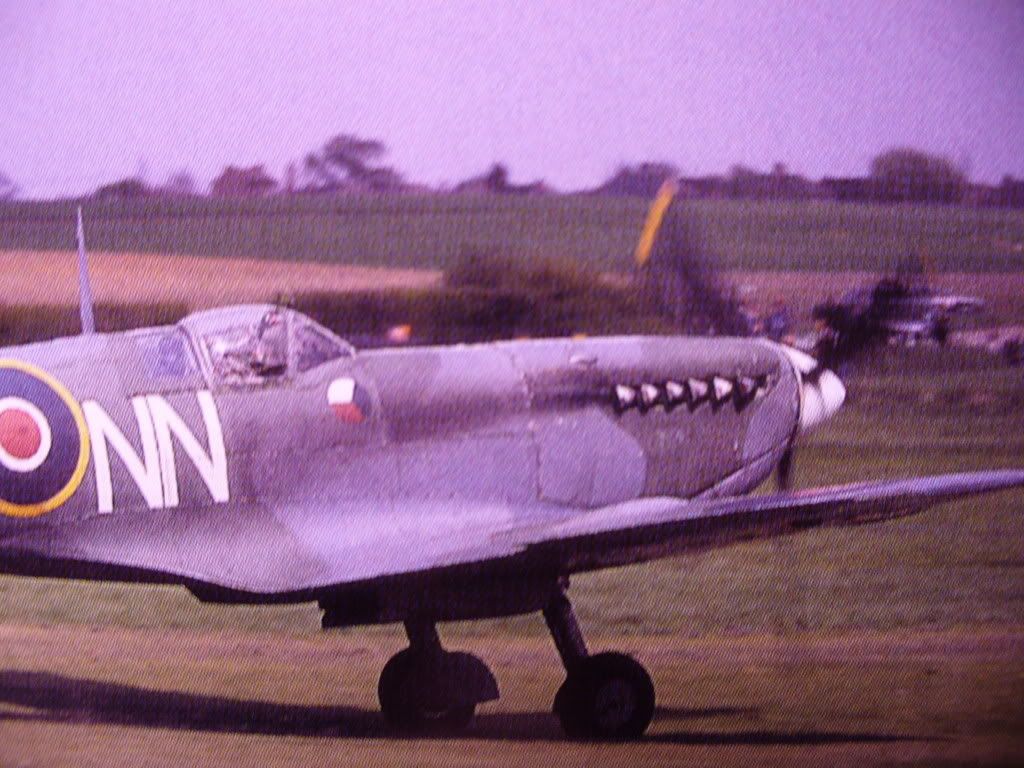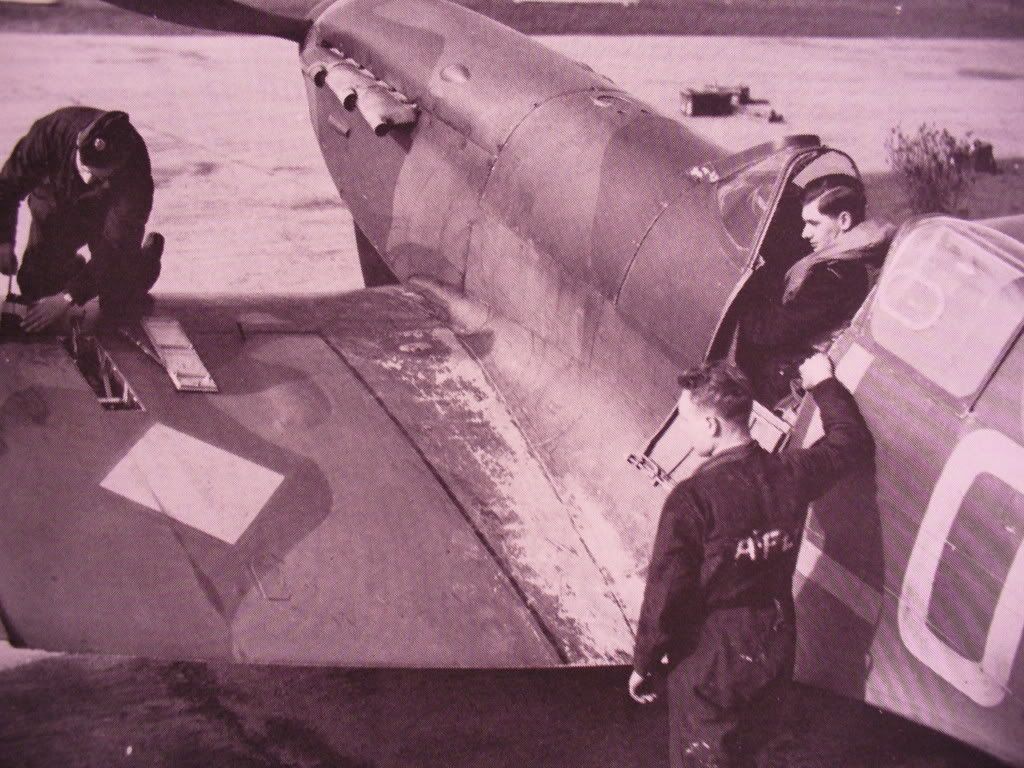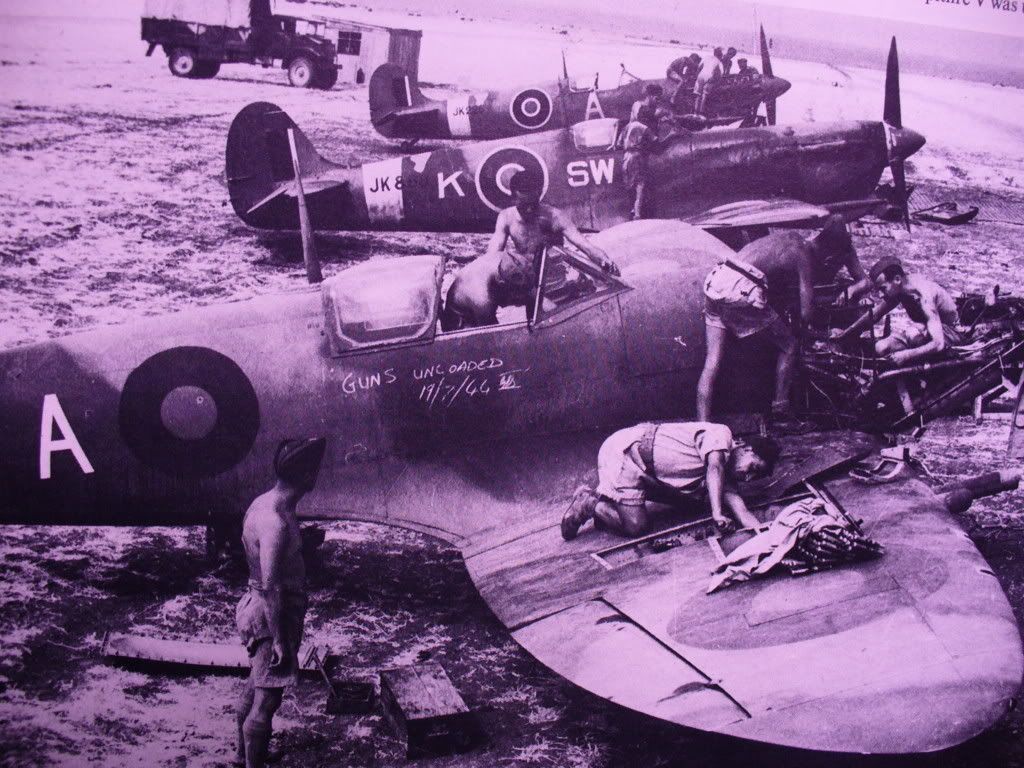I’m building an Airfix 1/48 Spitfire Mk. IX for the Airfix GB. I’ve finished painting the exterior, and wanted to start weathering. I’ve looked at quite a few reference pics, and it seems like most of the Spitfires in the ETO looked pretty clean. Were they just well kept, or have I just been viewing pics of clean Spitfires?
Early in the War they could get pretty ratty. Later, as the Allies gained air superiority, there was more time to keep them reasonably spiffy.
Regards, Rick
It also depended on location. Some of the foward airfields were pretty rough and those spirfires were going up several times a day in support of the push into the reich and france. These aircraft tend to get the short end of the stick in the appearance dept. If they were fit to fight fighter command diden’t give a hoot what they looked like. desert spits also tend to look poor alot of times.
Groundcrew were extremely proud of “their” aircraft, and considered them to be only on loan to the pilot. I worked with an ex-609 Squadron erk, and he said that, even during the Battle of Britain, any repair was painted, before the Spitfire flew again. It might not have been the “right” colour, but it was painted. The trend, to build models with streaks of powder burns across the wing, has got out of hand. Cordite didn’t stain, like that, and was relatively easy to clean off. Also, the patches, to cover the gun muzzles, were self-adhesive (rather like sticking plasters,) and wouldn’t have adhered at all well to the cordite. Underneath, where the empty cases came out, was a different matter; the mixture of cordite, gun oil, and grease, made a fairly mucky trail from the ports. Oil tended to leak from the Merlin, and this came out of the lower engine cover. Attempts were always made to extend the Spifire’s range, and the engine would be “leaned out,” which tended to make the exhaust stain grey, rather than black.
Edgar
Wow Edgar, some fabulous insight there. As someone who is finishing up Tamiya’s 1/48 P-51 this evening with the oily bits, I appreciate this.
This may be slightly off-topic, but I have never seen a WWII aircraft with permanent heat discolouration around the exhaust, is this coorect, or am I blind?
Thanks again.
You don’t say if you mean, only, prop aircraft, but, as with your car, the heat is driven straight out of the exhausts; the stubs were very short, and discoloured quite quickly, but rust was rarely seen. If the stub got rusty, it would blow, just like your car exhaust. Modellers tend to confuse heat discolouration with rust; they’re totally different in shade and texture. The heat did have an effect; on long-serving aircraft, the cowlings tended to have a slight variation in shade, since they were kept warm, by the engine, while the rest, of the aircraft, froze, at altitude. On the jets, early engines were very low on power, so discolouration would have been at a minimum, especially on the Me262. Flying the Meteor, on one engine, was almost impossible; post-war many pilots died because the brass-hats decreed that they had to be able to fly on one engine.
Edgar
Here are just a few pics of spitfires serving in front line service. Most of the pics you normally see are after the aircraft has been serviced clean up for a photo op. If like more let me know.

Note the both the mechine gun stains, the center one is better than half was down the wing. The outboard can be seen up to the red center of the roundel.

Again the center gun stain is obvious and in this black and white pic is black.

Here is a well maintained restored MKV color photo tanken in 2005. Note the large exhaulst stain back to canpony an it IS black.

This pic shows the extream wear to the wing. Note exhaulst stain is visable.

Here is a spit being serviced. this mechine was placed back into servive. Note the extreme wear to the front ship. Also note the rather large exhaulst stain visable on the rear ship.
I was at a restro hanger for the 65 anniversary of WWII. I saw a unrestored spitfire wing as well as other aircraft. I can tell after 65 years the stains were still visable. You can also see this effect at airforce museum in dayton. If the aircraft in question was used in WWII and has kill/ theater marking on you better bet it has some weathering on it.
Wow, those are great- thanks!
It looks to me like the weathering that would translate into pre-shade type stuff on a model wasn’t real prominent like you see on US OD-painted aircraft, but the exhaust/gun/chip weathering was likely to be fairly significant.
In those pics, the panel lines are fairly obvious, but not with wide staining/fading.
The MG gun stains in the photo of QJ*S almost look whitish, or gray, but the cannon ones look black.
That really helps out a lot- thanks so much!
Thanks to everyone for their insight!